Trying on a Furisode Kimono
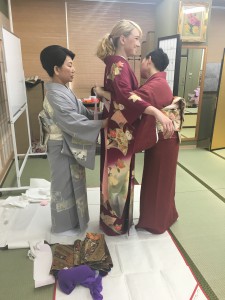 The International Institute for Ritual Culture Education (IRCE) gave me the great honor of trying on a furisode kimono. A kimono is a traditional Japanese garment that is worn on special occasions and during festivals. Wearing a kimono is very polite and formal, though they used to be worn on a more daily basis.
The International Institute for Ritual Culture Education (IRCE) gave me the great honor of trying on a furisode kimono. A kimono is a traditional Japanese garment that is worn on special occasions and during festivals. Wearing a kimono is very polite and formal, though they used to be worn on a more daily basis.
There are several types of kimono, each with their own reason to be worn. The type that I tried on was in the furisode style. A furisode kimono is the most expensive type of kimono that can be worn by an unmarried woman in Japan. The furisode is most commonly given to a woman by her parents as a gift on her 20th birthday, which is the Coming-of-Age Day in Japan. The very literal translation of ‘furisode’ is “swinging sleeves.” This is because the furisode is unique for having sleeves that almost touch the floor. Furisode are often very colorful and covered in beautiful detailed patterns. A furisode can cost anywhere from $10,000 to over $20,000 USD. When a woman in Japan needs to wear a kimono for an event, it is most common she will rent one rather than buy it.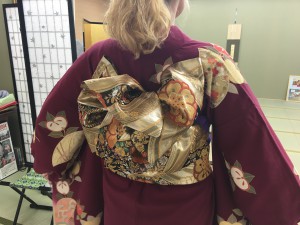
Trying on the furisode was an incredible experience. It took three women working actively in order to dress me in the kimono. Putting on a kimono is a long and very detailed process. I couldn’t help but wonder how the women dressing me put on their own kimono and whether or not it can be done alone. The kimono was constructed on to me in multiple layers, with pieces of plastic, cardboard and even towels being placed within the fabric to create the desired shape and to keep the kimono in place. I attempted to keep track of how they were putting the kimono on, but it quickly became apparent that it takes a great deal of education and practice to understand.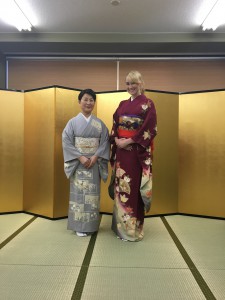
The women who were helping me were making sure every little detail was perfect, a trait that is not uncommon for Japanese people. They were comparing fabrics and adjusting how the pieces laid until they were absolutely satisfied.
Once I was finally dressed, the women asked me to take a seat for the tea ceremony. One of the women performed the tea ceremony rituals for us, first bringing us a soft mochi dessert that resembled a purple flower. The woman then sat by a large pot of water and prepared matcha tea for everyone. The process of how she prepared the tea was unbelievably precise. I watched as she carefully placed each finger in the proper position, scooped the matcha and slowly filled a ladle with water. Each bowl that she made tea in had a beautiful picture on it. 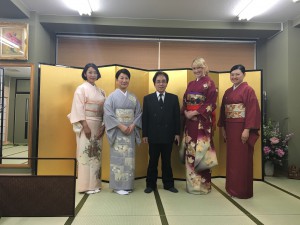 When she presented each person with their bowl, she turned the bowl slowly so that they could admire the picture. When I received my bowl of tea, I was instructed to slowly turn it once more so that I did not place my mouth where the picture was. The women gave me the chance to attempt making the tea myself, and they showed me the steps. They told me that they had been learning for a long time just to understand the ritual.
When she presented each person with their bowl, she turned the bowl slowly so that they could admire the picture. When I received my bowl of tea, I was instructed to slowly turn it once more so that I did not place my mouth where the picture was. The women gave me the chance to attempt making the tea myself, and they showed me the steps. They told me that they had been learning for a long time just to understand the ritual.
The precision and detail that goes into every Japanese ritual is incredible. I find it so beautiful that the Japanese people put so much care and effort into everything that they do. I had always known that this was true, but I did not fully understand until I watched the tea ceremony. I feel truly fortunate to have been able to go through this experience and I am incredibly grateful to the IRCE for giving me the opportunity.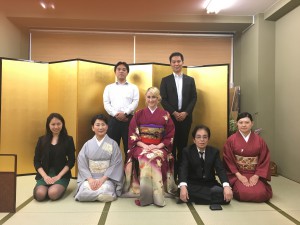
The International Institute for Ritual Culture Education (IRCE)

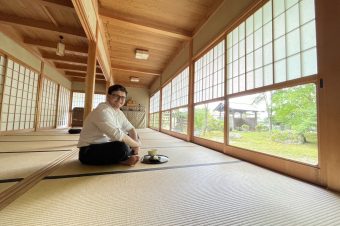
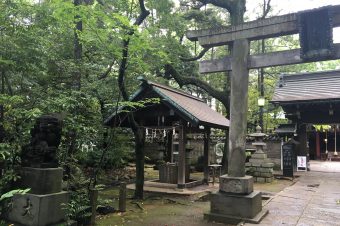
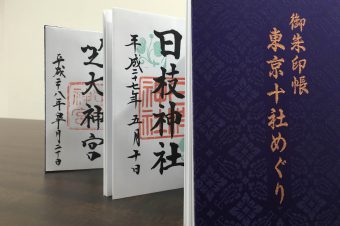
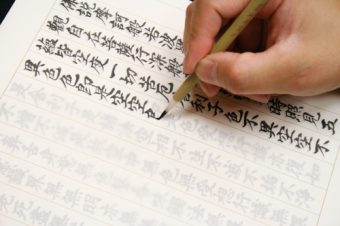

One Response
“Kamakura – The Coexistence of Old and New” – Sanpai Japan
[…] The Houkokuji Temple is also famous for a beautiful bamboo garden. If you walk through the property, you will be able to see the bamboo, which is famous for being beautiful even overseas. When you pass through the bamboo and walk along the stone path, a traditional tea ceremony “Kyukoan” appears. The tea ceremony takes place in a classic Japanese house with a unique atmosphere. You can participate in the tea ceremony for just 700 Yen which is including entrance fee. (You can enjoy Japanese green tea. If you want to know proper tea ceremony, check it out here.) […]